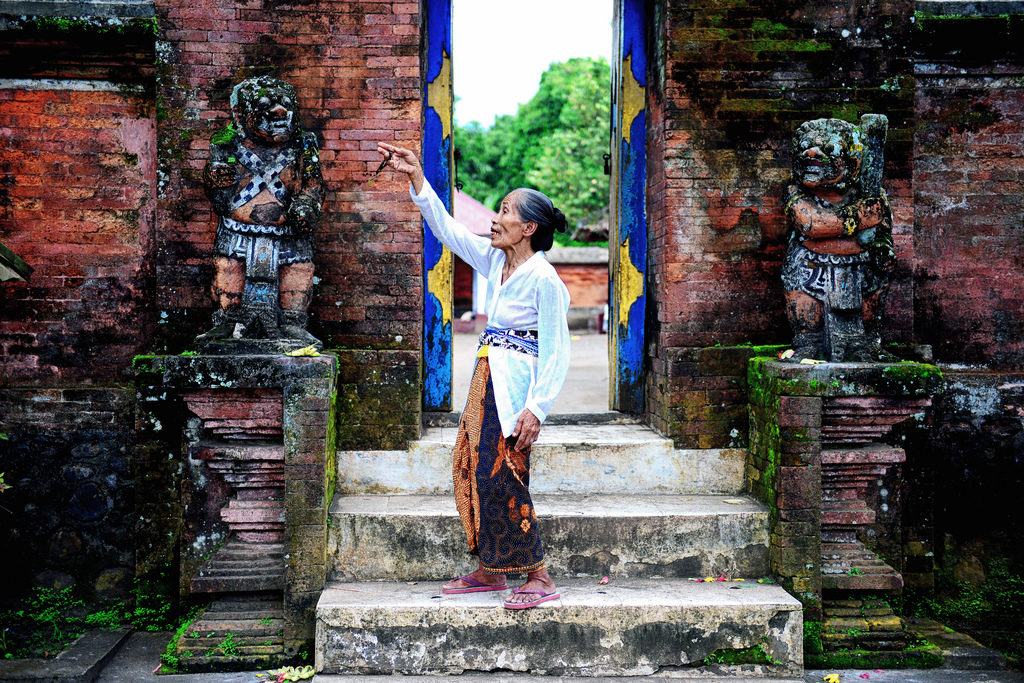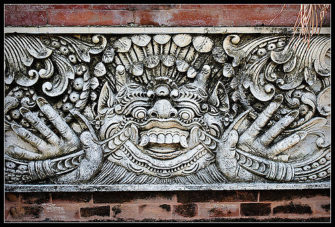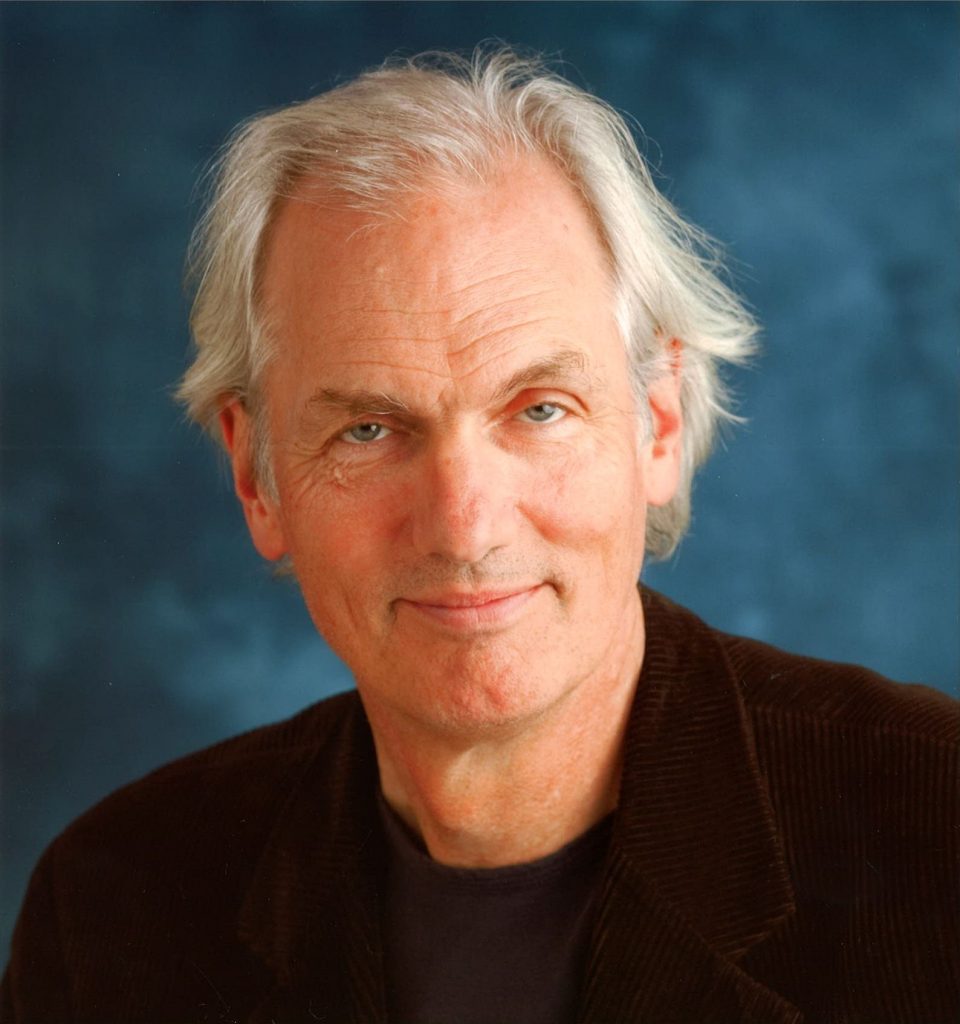
Questioning Pluralism
The current populist ferment in the United States and Europe is, in part, a reaction against religious and ethnic diversity and the cosmopolitan elites who are seen to promote and benefit from it. What about Indonesia? Can pluralism be more than an elite project? To be sure, the archipelago has a long history of religious, linguistic, and cultural diversity. Our interest in pluralism is provoked, in particular, by the threat of ethnic or religious violence. In Indonesia, peaceful coexistence and cooperation have taken many forms. They do not, however, necessarily depend on taking pluralism as such to be a positive value. Appeals to that value by elites are not likely to gain traction on the ground if they are not informed by local knowledge. That means taking seriously ordinary people’s fears, ethical values, and cosmological beliefs.
Violence and Identities
Lombok is home to a Bali-Hindu minority, a Sasak Muslim majority who see them as past oppressors, and smaller numbers of Christian newcomers. The study by Mohamad Abdun Nasir for Contending Modernities asks a crucial question: when does violence not happen? This question rests on another: what conditions lead people on the ground to expect that there will be conflict? And when is violence due to religious difference, rather than, say, economic grievances or just plain criminality? As post-Suharto collective violence was confined to a few localities. Most of the country, including some of the most heterogeneous areas, remained peaceful: it is not so-called primordial identities alone that prompt conflict. Specifying which identities are relevant is not necessarily a straightforward matter. For instance, attacks on Chinese Christians might be about ethnicity, religion, or economics. Motives can change and so will the means of preventing violence.

Indonesians are involved in both an expanded global imaginary and intensified localism simultaneously. State policies and religious reform movements have led to a hardening of religious boundaries that were once more permeable. In Lombok, for instance, accusations of shirk (polytheism) lead Muslims to abandon religious sites they once shared with Hindus. With contested elections, reified identities can become a way to organize blocs of voters, at the expense of more expansive nationalist sympathies. At the same time, when identities are understood in terms of religion, they can spawn transregional identifications. In Lombok, the 2000 riots were prompted by images of violence from Maluku, and some Muslims suspect local Hindus of conspiring with supporters from India.
Local Viewpoints
Jeremy Kingsley attributes both Lombok’s 2000 riots and the lack of violence during the gubernatorial election of 2008 to elite strategies. But this tells us nothing about the ordinary people who do or do not carry out the violence. Elites do not always get what they want—their manipulations must resonate with local life if they are to be effective. For instance, in times of stress, by means of pengajian (religious discussion groups) and sermons, Tuan Gurus (local religious leaders) may emphasize silaturrahim (keeping good relations with others). But do exhortations always work? Neighborliness and hostility are both sustained through everyday interactions, on which explicit discourses may have little impact (see Keane 2016). Even the canniest elite initiatives need to speak to ordinary folk if they are to get real uptake.
Among other things, this means taking religion seriously, not just as a political tool. Nasir reports that some Sasak worry that the very presence of Christian churches in a neighborhood will weaken the faith of the young. Given that Sasak are 93 percent of the population, where does this kind of anxiety come from—what makes it plausible? Much violence is a response to rumors—what are those rumors telling us about people’s fears? For example, according to Kari Telle, many Sasak fear Balinese rituals precisely because they consider them to have occult power (2009, 2014, 2016). From this perspective, rituals have real effects, just as amulets and mantras may convey invulnerability to members of a militia, something elites may not take seriously or even know about.
Violence, of course, is not always political or religious in nature. In Lombok, criminality has been rampant, prompting the rise of private militias. John MacDougall reports 25% of adult men belonged to one in 1998. Soon they were being mobilized for other purposes: Kingsley reports all Lombok militias have links to Tuan Gurus, who used them both to attack Ahmadiyah and to keep peace during the 2008 gubernatorial election. Given the threat of violence posed by such groups, Nasir observes that local officials end up ignoring the legal rights of minorities in the name of “peace keeping.” Displays of force, in an atmosphere of rumor, energized by social media, produce the expectation of violence. This is when the question of why violence does not occur becomes relevant.
Terms of Coexistence

Where does coexistence work? Nasir points to the everyday habits of neighborliness in urban Lombok, which are, however, under pressure from growing residential segregation. He also notes Christian and Hindu participation in Islamic festivals and other public events. But ritual can have contradictory effects. As Clifford Geertz argued long ago, some rituals are ambiguous enough that people who disagree about what it all means can still participate together. At its best, the result could be coexistence—even to the point of denying difference for the sake of a community. On the other hand, he also showed that public rituals may force people to make explicit their conflicting positions that might otherwise be ignored, exacerbating polarization. Nasir explains that one source of growing conflict in Lombok is the Joint Ministerial Decree on Houses of Worship of 2006. While acknowledging the existence of multiple religions when viewed from the encompassing perspective of the nation, the decree implies something quite different at the scale of village, neighborhood, or city where people carry out their daily lives. By spatializing religion, the decree reinforces the boundaries between groups, valorizes religious purification over social intermingling, and puts at a disadvantage those, like Lombok Christians, who have no specific localities to call their own, or others, like Hindus, whose temple affiliations are not necessarily bound to residential units. Although it recognizes plurality, the decree hardly encourages active practices of coexistence.
The language of pluralism may offer little in the way either of aspirational values or concrete habits to those who must find ways to live with one another. Nor does it necessarily provide a viable counterpoint to fear and rumor. During much of the 20th century, Indonesian nationalism trumped local identities, at least as an ideal toward which people could strive. If nationalism is now weakening as a positive value, what other basis for moral community might make coexistence across religious differences possible? It will take more than exhortations to achieve this; it will take change in people’s everyday habits of living together.

